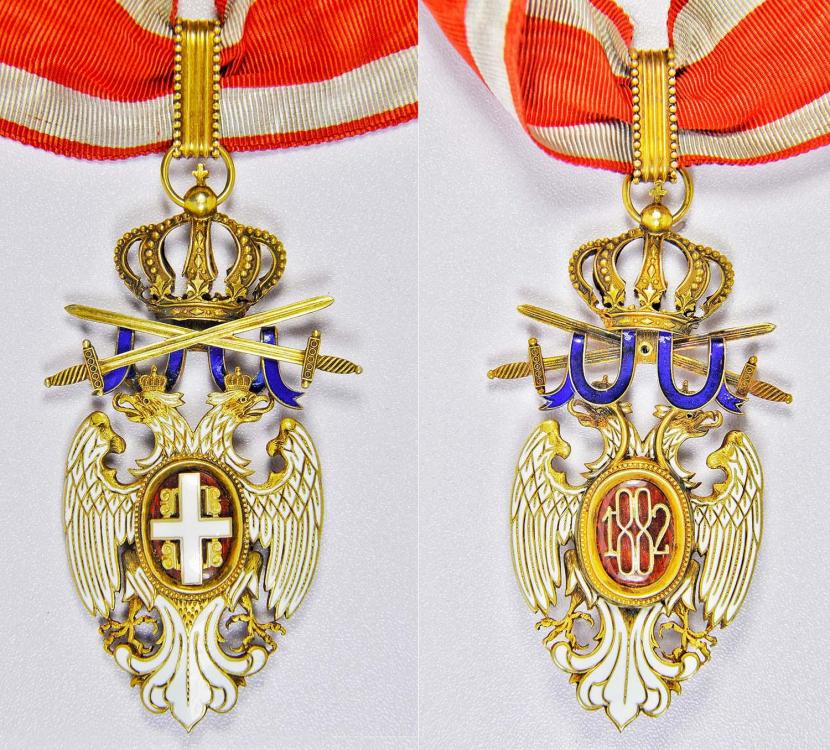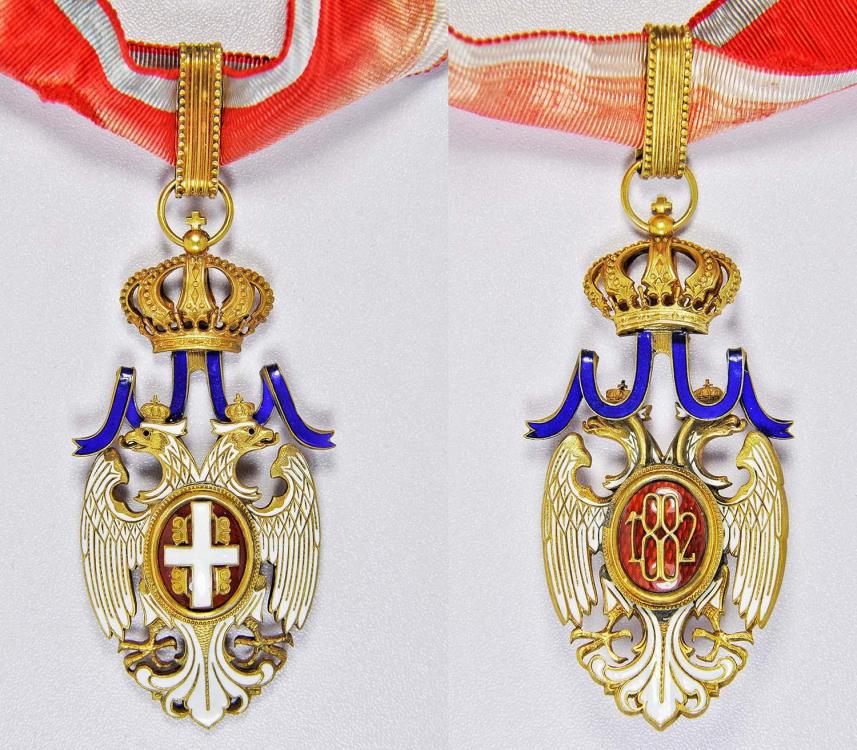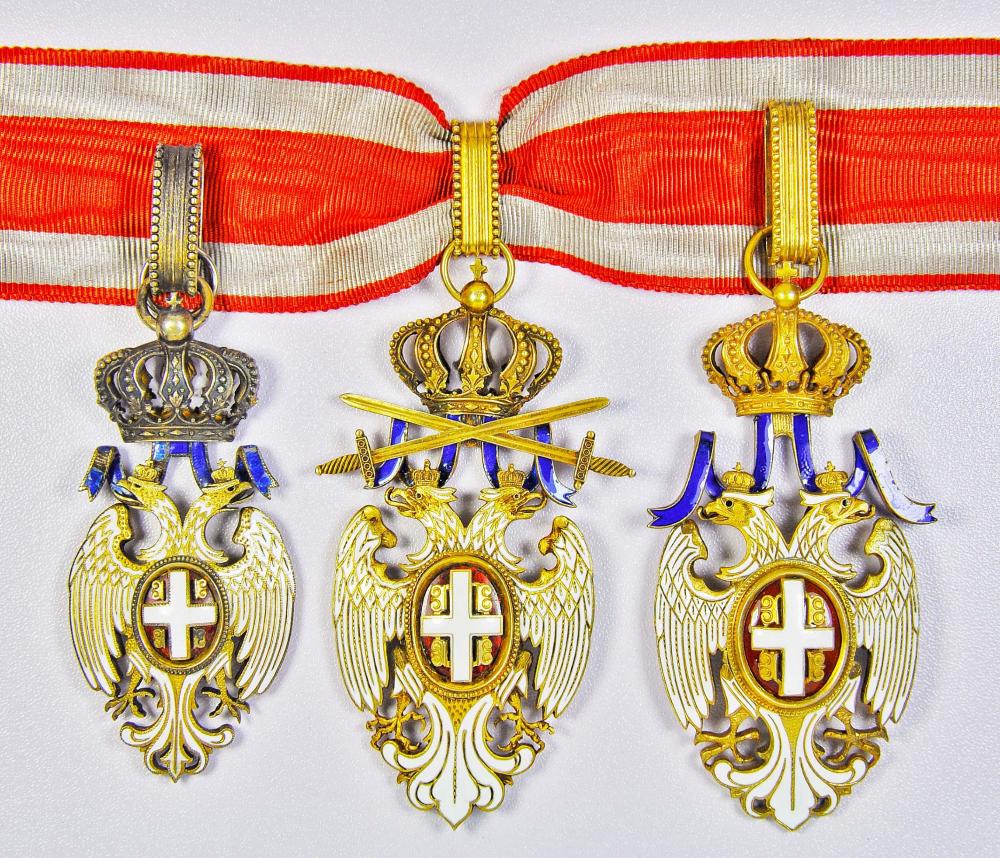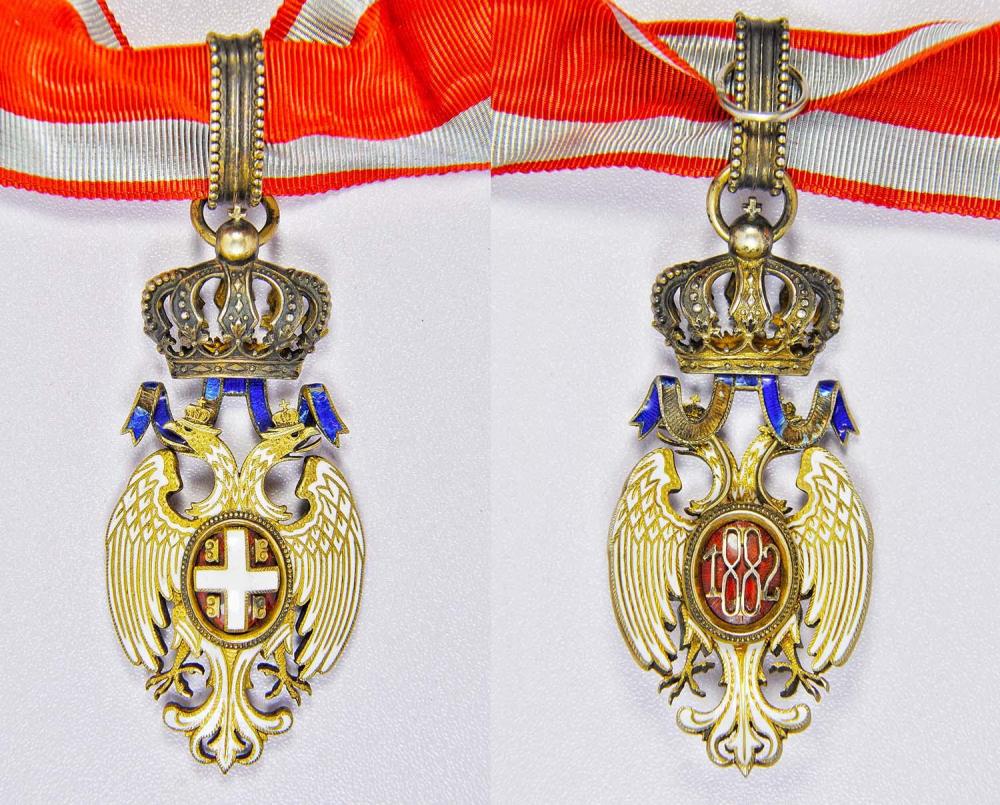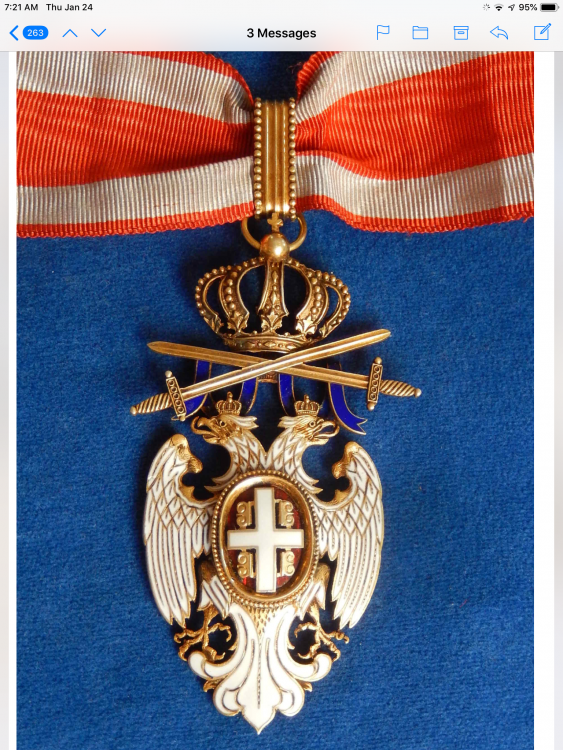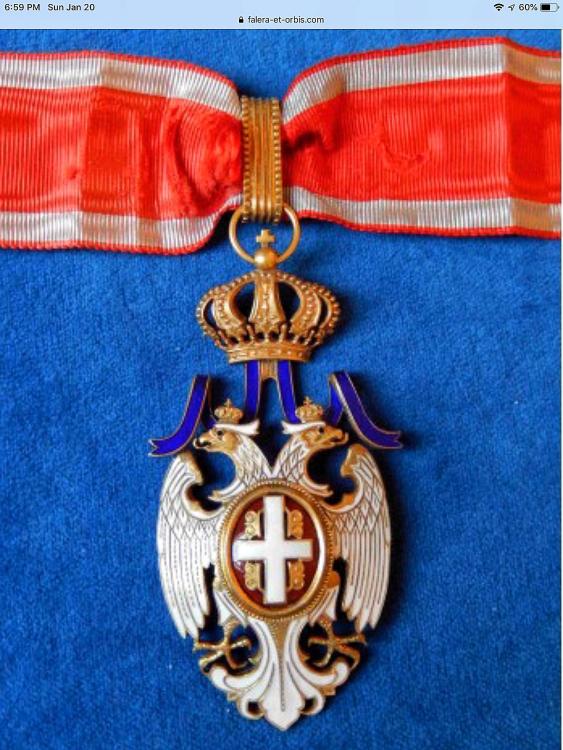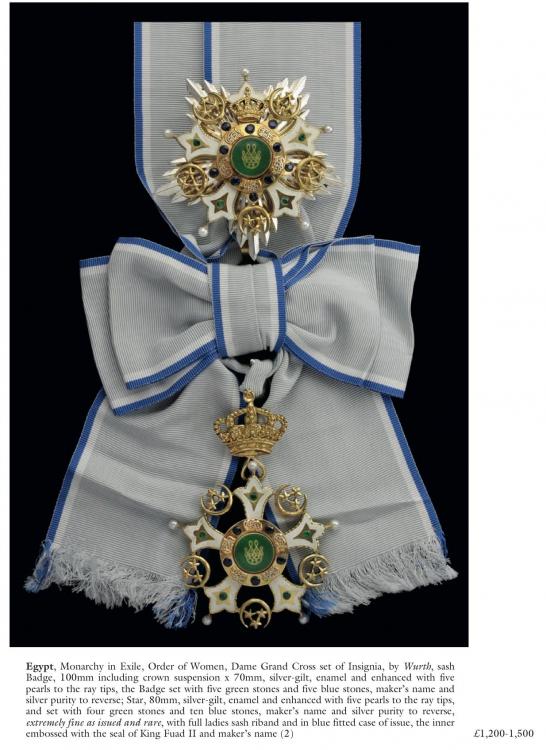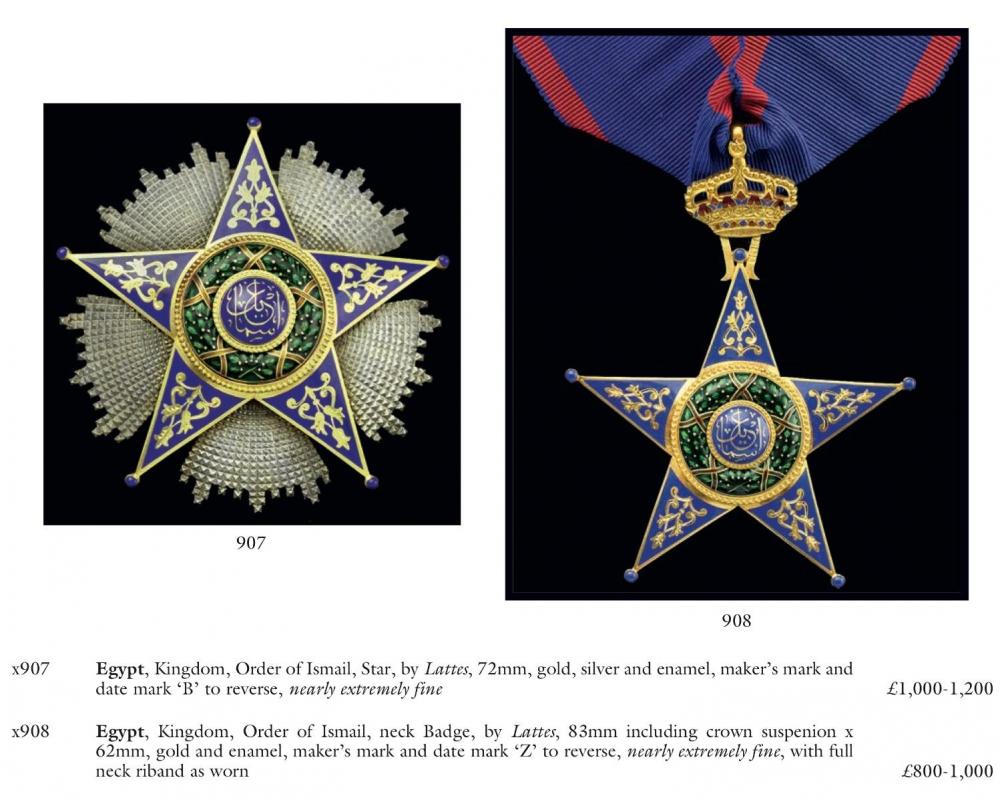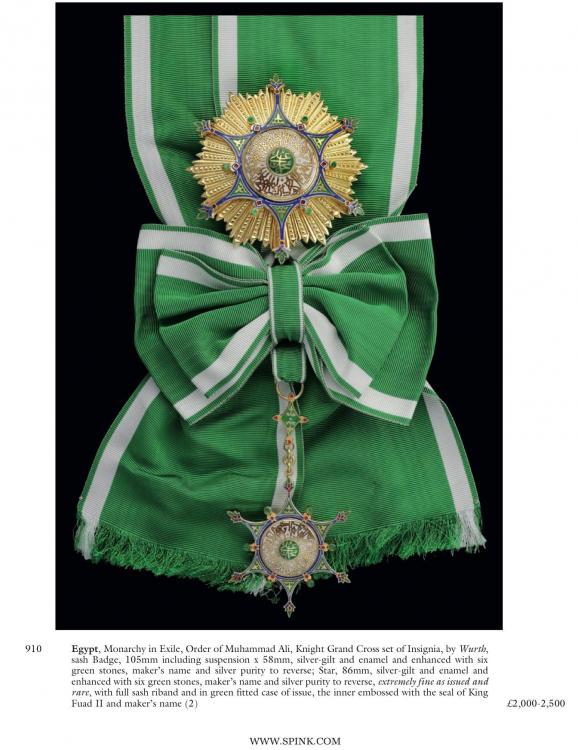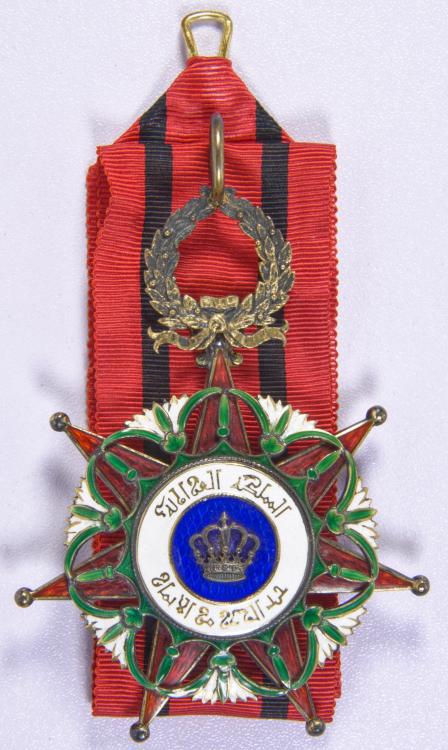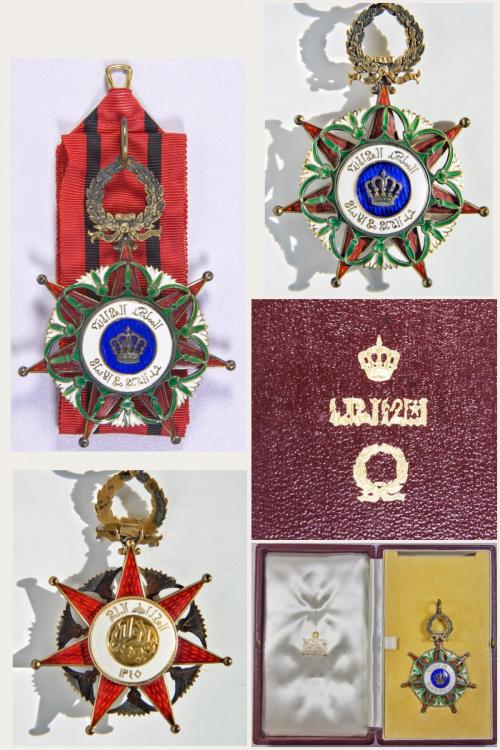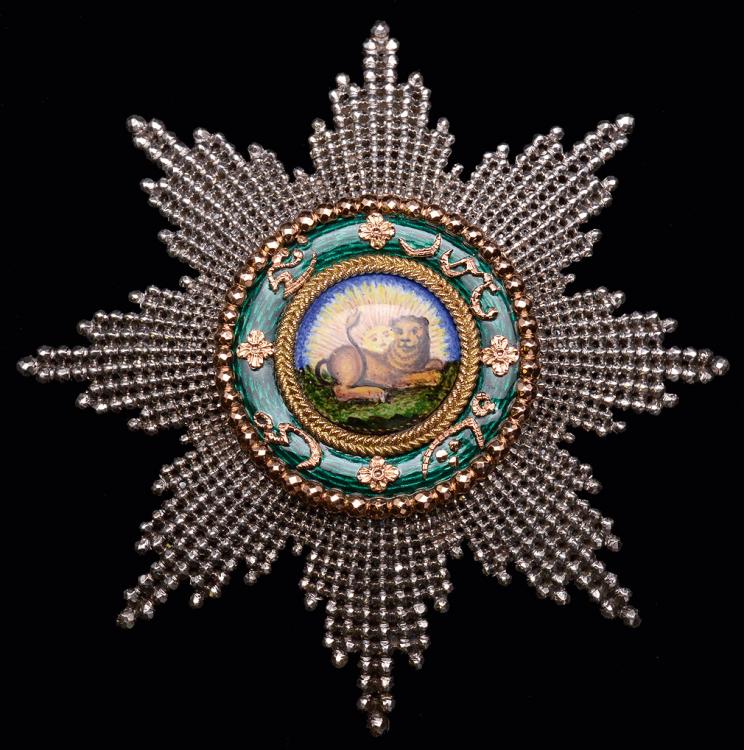-
Posts
821 -
Joined
-
Last visited
-
Days Won
8
Markus last won the day on May 23 2022
Markus had the most liked content!
About Markus

Profile Information
-
Gender
Male
-
Location
Truckee California USA
-
Interests
Order of lion and sun
International order medals
Contact Methods
-
Yahoo
markustruckee@gmail.com
Recent Profile Visitors
The recent visitors block is disabled and is not being shown to other users.
Markus's Achievements
-

Persia - Order of the Lion and the Sun
Markus replied to drclaw's topic in Middle East & Arab States
I agree with JapanX. This to me looks like a Persian made L&S. The painting and ray treatment as well as the metal work, look Persian. Sometimes I’ve seen Persian made L&S medals that have a European maker plate attached at a later date. -
Dr Ali Kolahdooz started following Markus
-
Momčilo Đujić started following Markus
-
After the outbreak of WWI, most of the Serbian medal production was swithched to Arthus-Bertrand in Paris. Arthus-Bertrand had to ramp up production of the White Eagle Order with all of the medals awarded with WWI. The Arthus-Bertrand workshop looked similar to the Austrian workshop of Rothe & Neffe, but had some differences in finishing and were not of the same quality produced by Austrian workshops. Some of the Arthus-Bertrand medals had problems with enamel cracking over time. The model of the White Eagle with Swords was founded in 1915 as a sign of acknowledgement of services in wartime. The Workshop Huguenin Fréres began production of the Order of the White Eagle after WWI when production was moved to the Swiss firm from Arthus-Bertrand mainly due to cost considerations. Medals produced by the Huguenin workshop were of high quality and fine finishing, approximating those of Austrian workshops. The Order of the White Eagle ceased to exist in 1941 with the creation of Yugoslavia. Information and copy were sourced from the book, Serbian and Yugoslavian Orders and Decorations, by Pavel Car and Tomislav Muhic. I Highly recommend this book.
-
All three of these medals were produced during the Karageorgevich Dynasty (1903-1941). Prior to that period, the Austrian makers were more prevalent in production of Serbian medals for the Obrenovich Dynasty (1883-1903). The number of White Eagle Order medals issued in the Obrenovich Dynasty were far fewer in number than in the Karageorge Dynasty. The back of the medals were switched from the King of Milan monogram of intials M I with crown to the year 1918 at the beginning of the Karageorgevich Dynasty. Most of the Serbian medal production was switched to the Swiss Maker Huguenin Fréres and French maker Arthus-Bertrand in the later years of the Karageorgevich Dynasty. The Austrian maker Georg Adam Scheid was involved in making the first model of the Serbian White Eagle order as well as the later model with the 1918 date on the reverse. In order of appearance from left to right: Scheid made, Arthus-Bertrand made, and Heguenin Fréres made Order of The White Eagle 3rd class medals. The Scheid made medal is noticeably smaller than the Huguenin Fréres and Arthus-Bertrand made medals. The Scheid workshop deviated from the specs called for in the regulations of the White Eagle Order and made a somewhat smaller version than the 76x36mm specs of the regulation. Scheid made all classes of their White Eagle medals with the same size medallion and thereby reduced the size of the Eagle to fit proportions of the smaller medallion. Scheid’s workshop produced high quality medals and were in line with other Austrian workshops, with the quality they produced.
-

Falera-et-Orbis, has anyone ordered from?
Markus replied to Markus's topic in Southern European & Balkan States
Thanks all for your comments. They did come through for me and seem to be best at regional Serbian, Yugoslavian medals and Orders. I purchased some Serbian 3rd class order of the White Eagle and they seem to be fine. The White Eagle 3rd class order with swords is a Bertrand made medal and the White Eagle 3rd class without swords is a Huguenin made medal. They both are in immaculate condition and not banged up like some of the examples of this order medal. Unfortunately no cases were to be had. -

Falera-et-Orbis, has anyone ordered from?
Markus posted a topic in Southern European & Balkan States
Has anyone had experience ordering medals from this web store Falera-et-Orbis.com in Slovenia ? I have placed an order and they seem very unresponsive. -

Interesting Egyptian orders in Spink Auction
Markus replied to Markus's topic in Middle East & Arab States
Thanks so much for all the details Rusty!?? -
Some very beautiful Egyptian order medals in the Spink Auction today. The order of Ismail has always been one of the most beautiful Egyptian Order medals. The two Monarchy in Exile medals are elaborate works of art as well. I haven’t seen the two exile orders before.
-
Thanks Oaomotme, Great to see the original laws concerning this medal. I am surprised at the relatively low numbers issued for each class of recipients. That makes it a pretty scarce commodity. Interesting that the ribbon changes between classes as well. Markus
-
Hi Paul, Two Rivers Order was used for military awards and civil awards. The Military award had two swords crossed in the wreath area. The one I posted was for a civil award. The military version is posted below. I agree that it is one of the best Middle Eastern order designs.
-
-

Persia - Order of the Lion and the Sun
Markus replied to drclaw's topic in Middle East & Arab States
This beautiful early piece is in the Morton & Eden Auction 90 November 23, 2017. Copy from the Morton & Eden auction listing: Iran, Persian Empire, The Royal Persian Order of the Lion and the Sun, Grand Cross Breast Star, Russian-made, circa 1850, by Andrews of St. Petersburg, in pierced silver, rose gold and enamels, of superb quality manufacture, backplate in pale gold engraved 'Andrews à St Petersbourg', with vertical brooch-pin for suspension (keeper now lacking), 88mm, extremely fine and an exceptional early Russian-made breast star. Presumed to have been commissioned by Keir Grant some years after his formal award of the Order of the Lion and the Sun for wear in conventional European style. This high-quality Russian-made badge by Andrews of St. Petersburg may well have been ordered in Paris. Awarded to Major-General Sir William Keir Grant K.C.B., G.C.H., 6th Dragoon Guards, late 15th Light Dragoons, who became Colonel of the Royal Scots Greys. William Keir (later Keir Grant) was one of just eight Officers of the 15th Light Dragoons to receive the spectacular gold Ehrenmedaille für Englische Kavalleriste, expressly awarded by the Holy Roman Emperor, Francis II, for gallantry in saving him personally from capture by French forces at the Battle of Villers-en-Cauchies (which is variously spelled in historical records), near Cambrai, in 1794. As it so happened, Keir Grant was later to become the recipient of an equally rare honour – the Collar and insignia of the Order of the Lion and Sun of Persia - for commanding a major British military expedition to the 'Pirate Coast' on the south-eastern Persian Gulf. Having roundly defeated the enemy and pacified the pirate stronghold of Ras al-Khaimah, Keir Grant succeeded in securing an agreement with a number of important tribal leaders, leading to an historic Peace Treaty of 1820 which heralded local truces and the foundation of the Trucial Sheikhdoms as well as the abolition of the Slave Trade in the area. Modifications to the Treaty and a full revision many decades later, in 1892, contributed to an enhanced British presence in the Southern Gulf and important new relationships with the Trucial Sheikhdoms. A loose British Protectorate was to last until the gaining of their independence on 2 December 1970, in turn leading to the creation of the United Arab Emirates. -

Persia - Order of the Lion and the Sun
Markus replied to drclaw's topic in Middle East & Arab States
Generally the minurature medals were used in formal situations in which the recipient wore the small medal rather than the large medal to show their award, to better fit the occasion. For instance a cocktail party or formal event. Wearing the full size awards was limited to a few occasions. Many of the Grand orders where provided with a minurature medal as well as the regular size medal to cover all occasions. Markus -

Persia - Order of the Lion and the Sun
Markus replied to drclaw's topic in Middle East & Arab States
Hi Ramen7, I agree that is probably Russian made. In Russia there have been quite a few reproductions of order medals. The quality doesn't appear too high and probably wasn't produced by a top jeweler firm. I have seen a number of similar items like the one you posted popping up on German EBay with low asking prices. Best Regards, Markus



